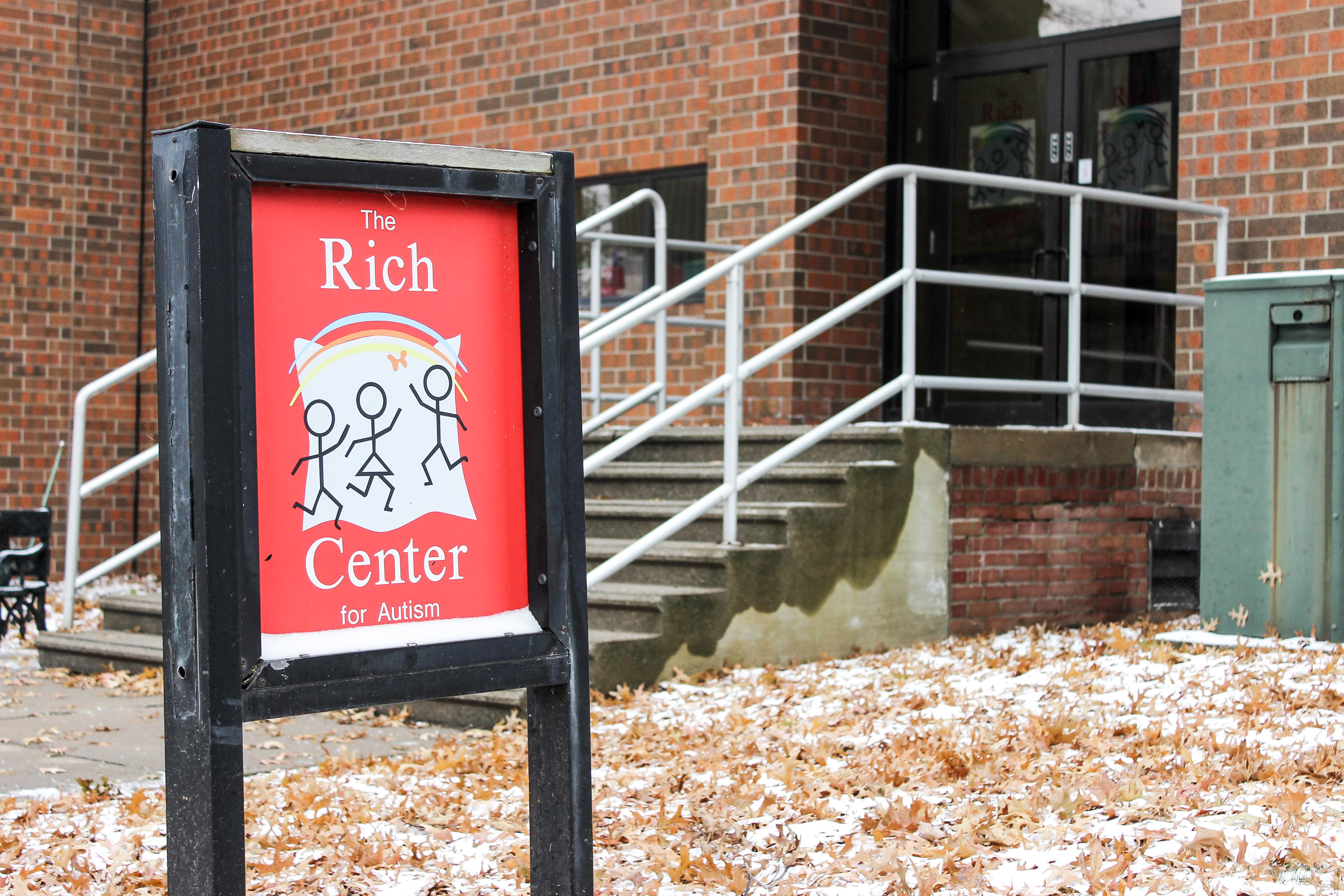By Amanda Joerndt
Dental hygiene students at Youngstown State University assist kids on the autistic spectrum with practicing oral hygiene, while learning how to handle different types of patients for future careers.
The dental hygiene program offers a lecture class each semester teaching students how to work with patients who have neurodevelopmental disorders.
While learning through lectures and in-class sessions, dentals students work with kids from the Rich Center for Autism and give them oral exams.
The Rich Center helps kids with autistic disorders learn through educational programs and help them reach their full potential.
Not only did the dental students benefit from the experience, but the Rich Center children also practiced how to have proper oral hygiene and have a positive interaction with other students.
Paul Filipowicz, a nurse at the Rich Center, worked closely with his kids at the center and the dental hygiene students to create a memorable experience.
“We took the kids over there for a field trip to sit in the chairs, play with the buttons and water guns,” he said. “Some kids hopped right in and went to town, with others we had to talk them through it.”
He said before the day of the exam, the dental students walked to the Rich Center and talked with the children again.
“We had dental students come here and meet their child here and build familiarity with their student,” he said. “It was nice because the students had picture cards and the interaction was real one-on-one, which helped the dental students out and our children.”
Filipowicz said the kids at the Rich Center experienced a new routine and overcame barriers that came along with the exam process.
“For some kids, they had their teeth cleaned and flossed, but for other kids it was a big deal just to get in the chair,” he said. “I think we met a lot of goals with just getting them there.”
Ruth Palich, assistant professor in the dental hygiene program, gave senior students an opportunity to help them pass the course and learn more about managing patients.
Palich said the oral exams started being a part of the class a couple years ago and helps to provide as much service as possible for the kids.
“We talk a lot about different types of patients and managing them best,” she said. “We had this idea a couple of years ago to bring those children who wanted to participate to our clinic and try to perform whatever basic services we could.”
She said preparing the senior students on the transition from college courses to real world jobs is is her main goal.
“Autism spectrum disorders are very prevalent, and we want [the students] to be able to know the strategies on how to handle patients and making their appointments fulfilling,” she said. “This just lays down the foundation and gives them the practical information.”
In her opinion, the exams and student-to-child interaction was very fulfilling as a professor.
“We had a number of students who were able to do a mirror exam, count their teeth and provide a fluoride varnish,” she said. “Nothing too extensive, but I think every milestone is important with these children to get them desensitized to having dental work done.”
Nina Petro, a senior dental hygiene student, had to prepare for the exams through PowerPoints, lectures from the nurse and practicing with the instruments.
Petro said she worked hard all semester to make her child’s experience successful.
“He never went to the dentist before, and he actually had great oral hygiene,” she said. “Since he didn’t have any experience, I just let him play with everything, and I asked him what he wanted me to do.”
Petro said this opportunity allowed her to feel more comfortable working with different types of patients.
“I think in the future when we have these types of patients, we will be able to know how to deal with them and understand better,” she said. “They’re not going to accept some things the way we will, so you have to be patient and understanding with them.”
